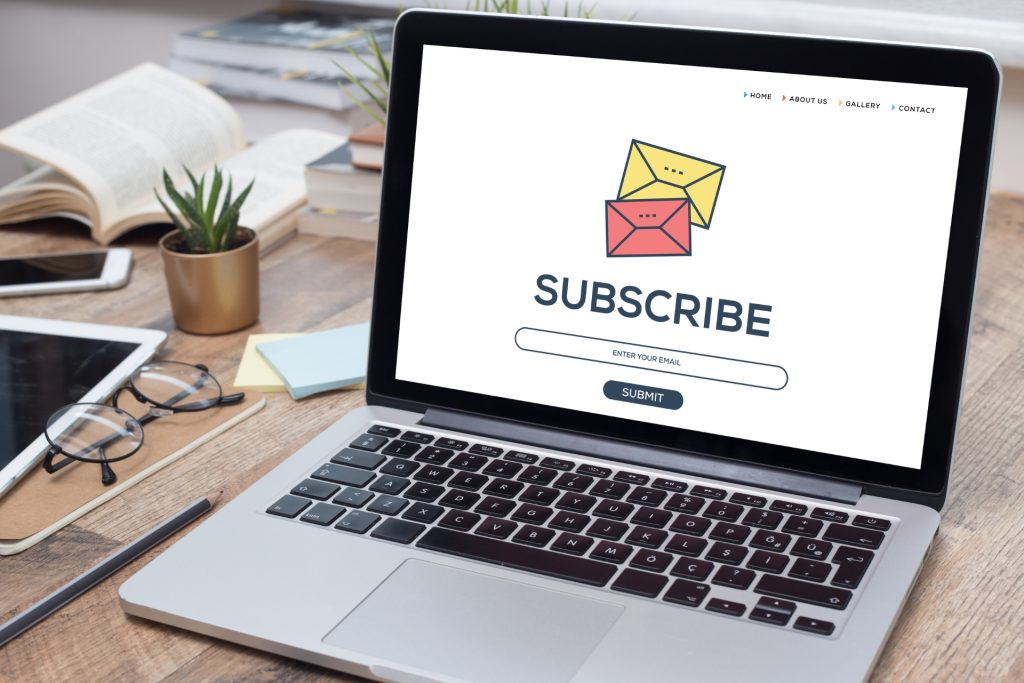A website newsletter is one of the most powerful tools for building relationships with your audience, driving repeat traffic, and increasing engagement. When done correctly, it serves as a direct communication channel between you and your subscribers, allowing you to share updates, promote products or services, and keep your brand at the top of their minds. However, creating an effective newsletter requires more than just sending occasional emails. It takes careful planning, strategy, and consistency to ensure that your newsletter not only reaches your audience but also captures their attention and encourages them to take action.
Below are ten tips to help you create a successful website newsletter that delivers real results.
Table of Contents
1. Define the Purpose of Your Newsletter
Before you begin creating your newsletter, it is important to have a clear purpose. Ask yourself what you want to achieve with it. Your goals might include increasing website traffic, building stronger customer relationships, promoting sales, or sharing updates and insights. Defining your purpose helps guide your content and design choices. When you know exactly what you want to accomplish, you can create focused, meaningful content that resonates with your audience. A well-defined goal also makes it easier to measure the success of your newsletter and adjust your strategy as needed.
2. Understand Your Target Audience
To create a newsletter that truly connects with your readers, you need to understand who they are and what they value. Consider their interests, needs, and challenges. This understanding allows you to create content that speaks directly to them and provides value. Knowing your audience also helps you determine the tone and style of your newsletter. For instance, a formal, professional tone may work for a corporate audience, while a more conversational style may be better suited for a creative or lifestyle-focused audience. When your content aligns with your readers’ preferences, they are more likely to engage and respond positively.
3. Create Compelling Subject Lines
The subject line is the first thing your subscribers see when your newsletter lands in their inbox. A strong subject line determines whether your email gets opened or ignored. It should be attention-grabbing, clear, and relevant to the content inside. Avoid long or vague subject lines that leave readers unsure of what to expect. Instead, aim to be concise while sparking curiosity. A compelling subject line not only improves open rates but also sets the tone for the rest of the email. Think of it as the headline of your newsletter.
4. Focus on Providing Value
Your newsletter should always give readers a reason to open and read it. This means delivering valuable content in every issue. Value can come in many forms, such as useful tips, exclusive updates, or access to special offers. When subscribers feel that they gain something meaningful from your emails, they are more likely to stay subscribed and engage with your content. If your newsletter becomes purely promotional, readers may lose interest and unsubscribe. Strive for a balance between sharing helpful information and promoting your website or services.
5. Keep Your Design Clean and Simple
A cluttered or overly complicated design can distract readers and make your newsletter difficult to navigate. A clean, simple layout ensures that your message is clear and easy to follow. Use clear headings, short paragraphs, and plenty of white space to make your content readable. Images can enhance your newsletter, but they should not overpower the text. The overall design should reflect your brand’s style while staying user-friendly. A well-organised newsletter encourages readers to stay engaged from start to finish.
6. Include Clear Calls to Action
Every newsletter should guide readers toward a specific action, whether it is visiting your website, reading an article, signing up for an event, or making a purchase. These calls to action, often called CTAs, should be clearly visible and easy to understand. Use concise, action-oriented language for your CTAs. Phrases like “Learn More,” “Sign Up Today,” or “Shop Now” give readers a clear idea of what to do next. Including effective CTAs helps you achieve your newsletter’s purpose and track the impact of each campaign.
7. Optimise for Mobile Devices
Many people check their email on smartphones or tablets. If your newsletter does not display well on smaller screens, you risk losing readers’ attention. A mobile-friendly design ensures that your content is accessible and easy to read on any device. This includes using a responsive layout that adapts to different screen sizes, keeping text concise, and ensuring buttons and links are easy to tap. Optimising for mobile creates a seamless experience for readers and increases the likelihood that they will engage with your newsletter.
8. Maintain a Consistent Schedule
Consistency is key to building trust and reliability with your subscribers. When you send newsletters on a regular schedule, readers come to expect and look forward to them. Choose a frequency that works for both you and your audience. This could be weekly, bi-weekly, or monthly, depending on the type of content you share. The important thing is to remain consistent. Sporadic or unpredictable newsletters can cause readers to lose interest or forget about your brand.
9. Track Performance and Make Improvements
An effective newsletter strategy involves ongoing evaluation and improvement. Use analytics tools to track important metrics such as open rates, click-through rates, and conversions. These insights help you understand what is working and what needs to be adjusted. By testing different subject lines, layouts, and content styles, you can refine your approach over time. Even small changes can have a significant impact on engagement. Regularly reviewing your results ensures that your newsletter continues to grow and deliver value.
10. Respect Subscribers’ Privacy
Trust is essential when building a loyal subscriber base. Always respect your readers’ privacy by being transparent about how their information is used and by protecting their data. Make it easy for subscribers to manage their preferences or unsubscribe if they choose. Failing to do so can damage your reputation and lead to complaints. A privacy-conscious approach shows that you value your audience and helps build long-term relationships.
Why an Effective Newsletter Matters
A newsletter is not just an extra feature for your website; it is a vital tool for growth. It creates a direct connection with your audience that no other marketing channel can match. By regularly sharing valuable content, you keep your brand relevant and top of mind. When subscribers feel engaged and valued, they are more likely to visit your website, interact with your content, and make purchases. Over time, your newsletter becomes a steady source of traffic, trust, and revenue.
Conclusion
Creating an effective website newsletter takes careful planning and consistent effort. By following these ten tips, you can design a newsletter that not only captures attention but also builds lasting relationships with your audience. Focus on delivering value, maintaining a clean design, and staying consistent in your communication. As your subscriber list grows, so will your ability to drive traffic and achieve your website’s goals. With the right approach, your newsletter can become one of the most powerful tools for strengthening your online presence and fostering long-term success.


